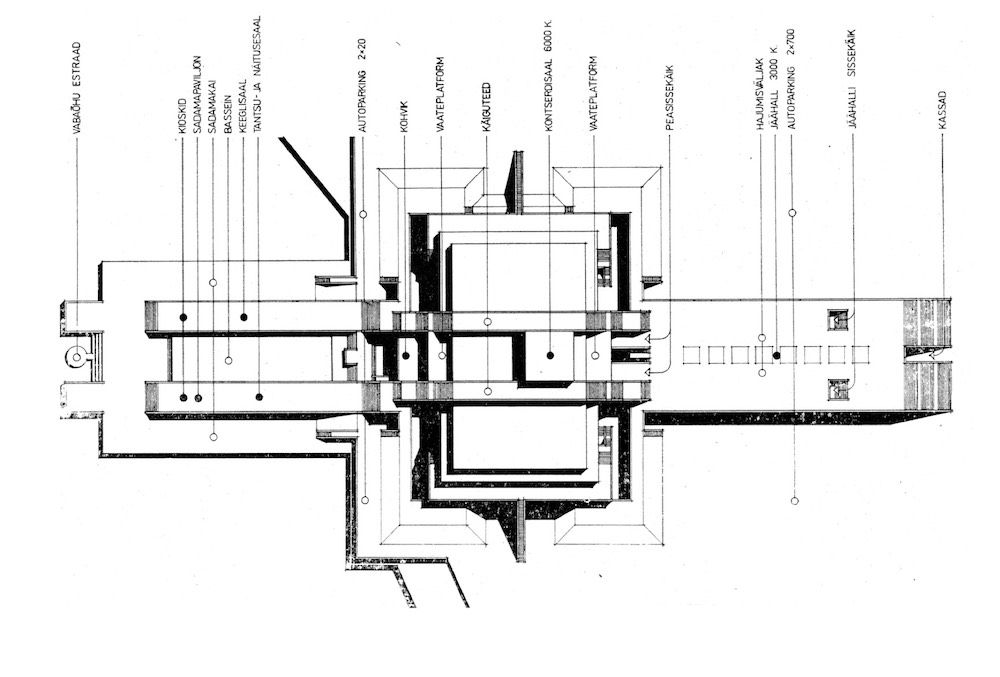Tenet by Christopher Nolan and it’s Architectural Space
Tenet is a film that crystalises architectural space into reality.
Tenet by Christopher Nolan
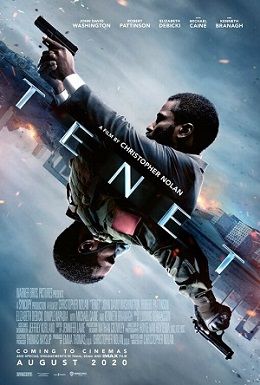
The film Tenet by Christopher Nolan has recently caught my imagination. I thought I would write down a few things as to why I find it so interesting. This is not going to be a review, those are easy to find elsewhere but instead looking at some of the themes of the film and why they are so fascinating and very architectural.
Needless to say go and see the film first or be prepared for some spoilers.
The film is a spy movie with a twist. The twist being that it has been discovered how to invert time. So that you can reverse the flow of time for people and oblects so they go forwards into the past. This makes the film super interesting for the effects it produces.
Architecture and Film
First its worth backing up a little and thinking about architecture and how it relates to film.
I always think of architecture in theatre and film as that of another character - It is there to stage the performance and work for the plot and characterisations. It is also there to set the atmosphere and allow for the plot to unfold. But it’s often quite passive.
Music and Architecture on the other hand I think of much more as siblings. In both, movement and time are fundamental. We experience music and architecture as a series of spaces or sequences. Every space or sequence is effected by the previous sequence and in turn affects the next. The parts and the whole are contiguous.
But the film Tenet feels much more aligned to music and architecture than films do normally.
Why Tenet is Interesting - Inversion
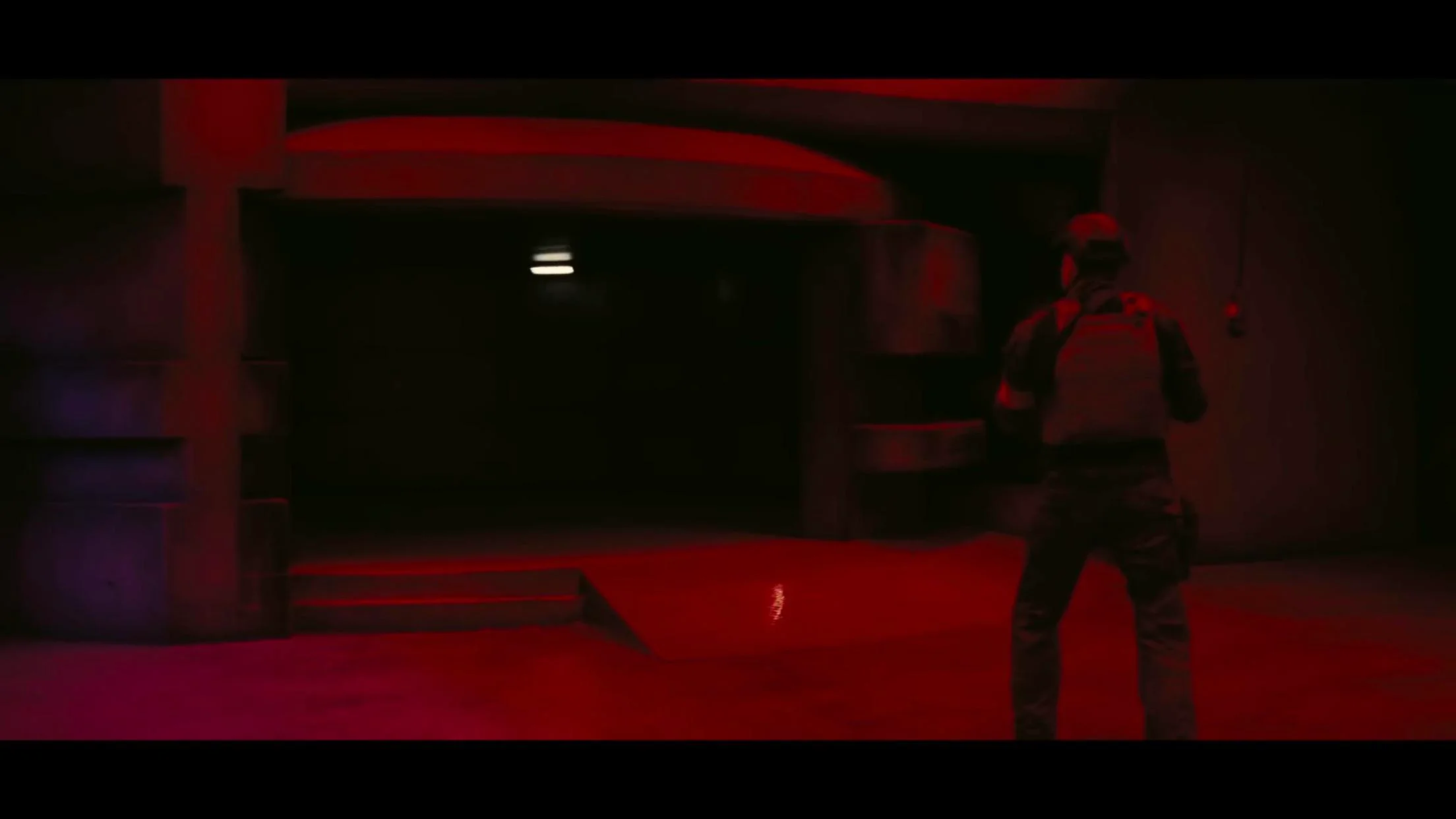
Turnstile in Tenet - Red is for the standard flow of time.
In Tenet the characters can invert time for themselves by going through a special turnstile they still are moving through time forward from their point of view but reversed from normal time.
If one person was to go through a turnstile and invert the other person would have already seen in his past the other one literally walking back though the past.
This effect Nolan plays with throughout the film to the fascination and bafflement of many. But it’s a beautiful idea in itself, because of this overlay or folding, time is crystallied infront of the audience. It’s literally made physical.
So Tenet is a film where movement and time are essential, interlocked completely just like in music and architecture.
The Palindrome in Tenet
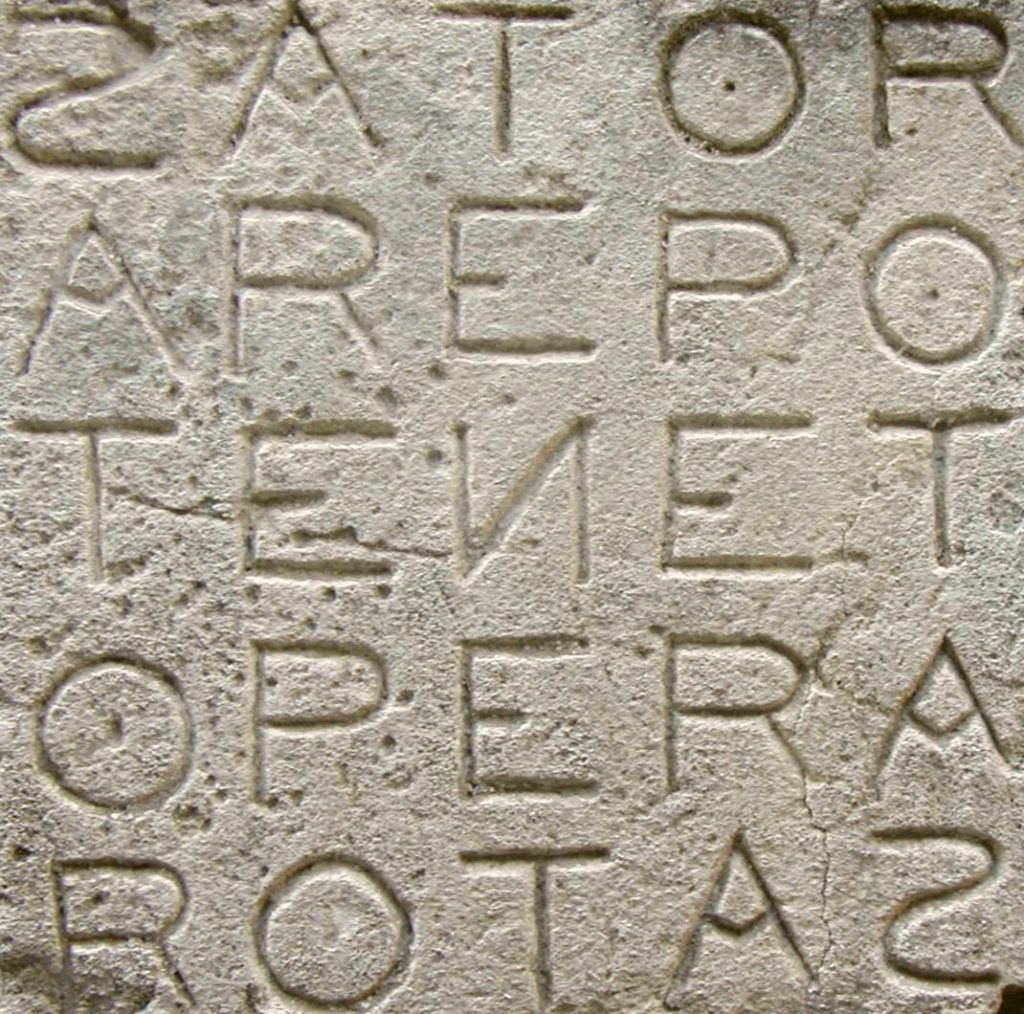
Sator Square
The name tenet comes from the Sator square, a five line palindrome of five words: SATOR, AREPO, TENET, OPERA, and ROTAS. All these words appear in the film.
The film itself is a palindrome which you could watch backwards also. One of the main characters Neil seems to be moving backwards in time through the whole film.
In films noramlly the plot drives forward from beginning to end but in tenet the plot runs through itself to some extent.
Architecture of the Palindrome
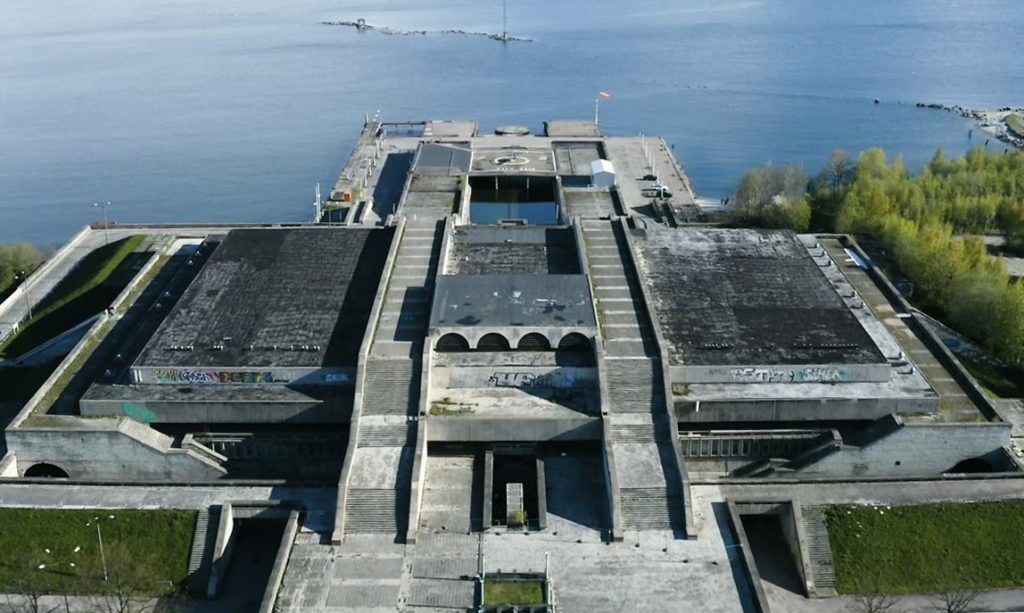
Linnahall Tallinn (photo by Georg Svidlov via visitestonia)
The first scenes of the film take place in the Opera filmed on location at The Linnahall in Tallinn. The building was designed by the architect Raine Karb and finished in 1980 for the Moscow olympics. It is a multiuse hall and sits beside the harbour.
It looks like a concrete bunker, really it is one. It sits half buried on the route from the harbour to the city with a symmetrical stair to each side. So the main facade is really the roof and the entrance is the point you split your journey either staight over the building to the city or down into the hall. The building embodies a palindromic effect. It’s of no consequence to your journey if you approach from front or back. It’s the perfect setting for Tenet.
Film Conclusions
Many films speak directly about an Architect or a building. Some films create new architecture, worlds, dystopias, but Tenet does none of of these things. Instead Tenet does something really new, it manifests time, literally crystalises it for you infron of your eyes. It throws up many questions about free will and foreknowledge but in the film time inhabits the space of the scenes physically.
At the end of the day it’s a film of sequence, time and movement. It is a film of transitions and inversions. It visualises the way we should all think about Architecture and in this sense it is a film about Architecture.
Locations
Other than the Linnahall the other locations in the film read like a carefully curated playlist.
Talinn, Estonia
Also in Tallinn the Kumu Art Museum makes a cameo its interior is used as part of the interior of the freeport warehouse/bunker. The art gallery is designed by Finnish architect Pekka Vapaavuori
Mumbai, India
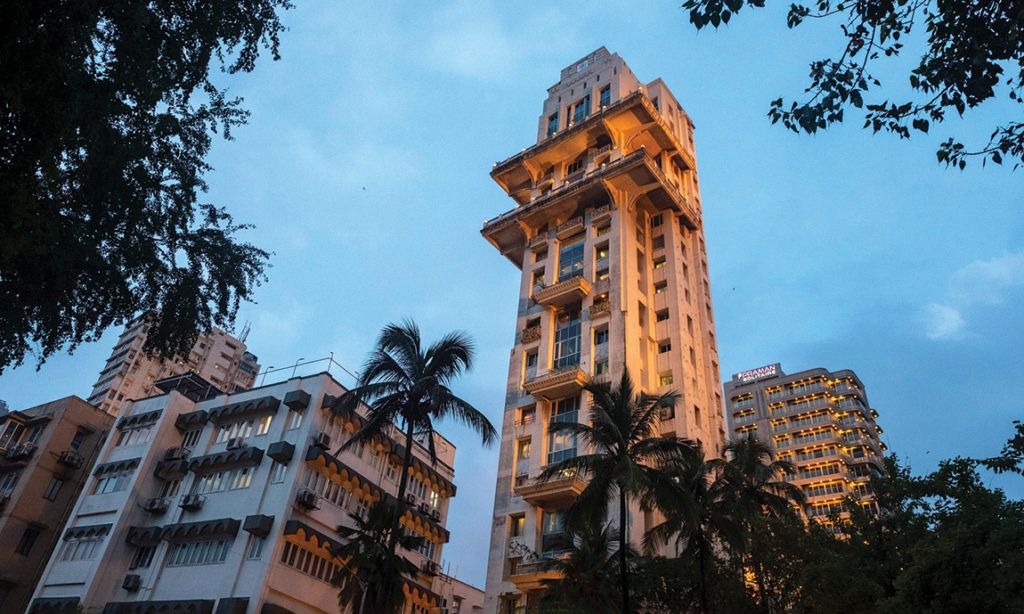
The Neelam Shree Vardhan Tower Apartments is the tower the Protagonist and Neil climb and bungee off. It’s a beutiful art decoish building set in a City with a rich history of the art deco.
Amalfi coast, Italy
Sator’s mansion in Italy with the balcony overlooking a spectacular ocean view is Villa Cimbrone, in the town of Ravello.
Oslo, Norway
The Harbour - Oslo Opera House by Snøhetta. The characters walk on the roof of the Opera house.Its a building where the ground rises up to form the building and which you can walk around. Again the building is a good visual metaphor for the ideas in the film.
Denmark
The wind turbine scene was filmed in the Danish offshore Nysted Wind Farm. Also known as Rødsand at the time it was built built in 2003 it was the largest windfarm in the world. With 72 turbines ‘field’ is arranged in a perfectly grid.
Elsewhere
A few good videos visualising the scenes in the film where people are travelling both ways through time;
Also I have review Oppenheimer by Christopher Nolan also by Christopher Nolan.
